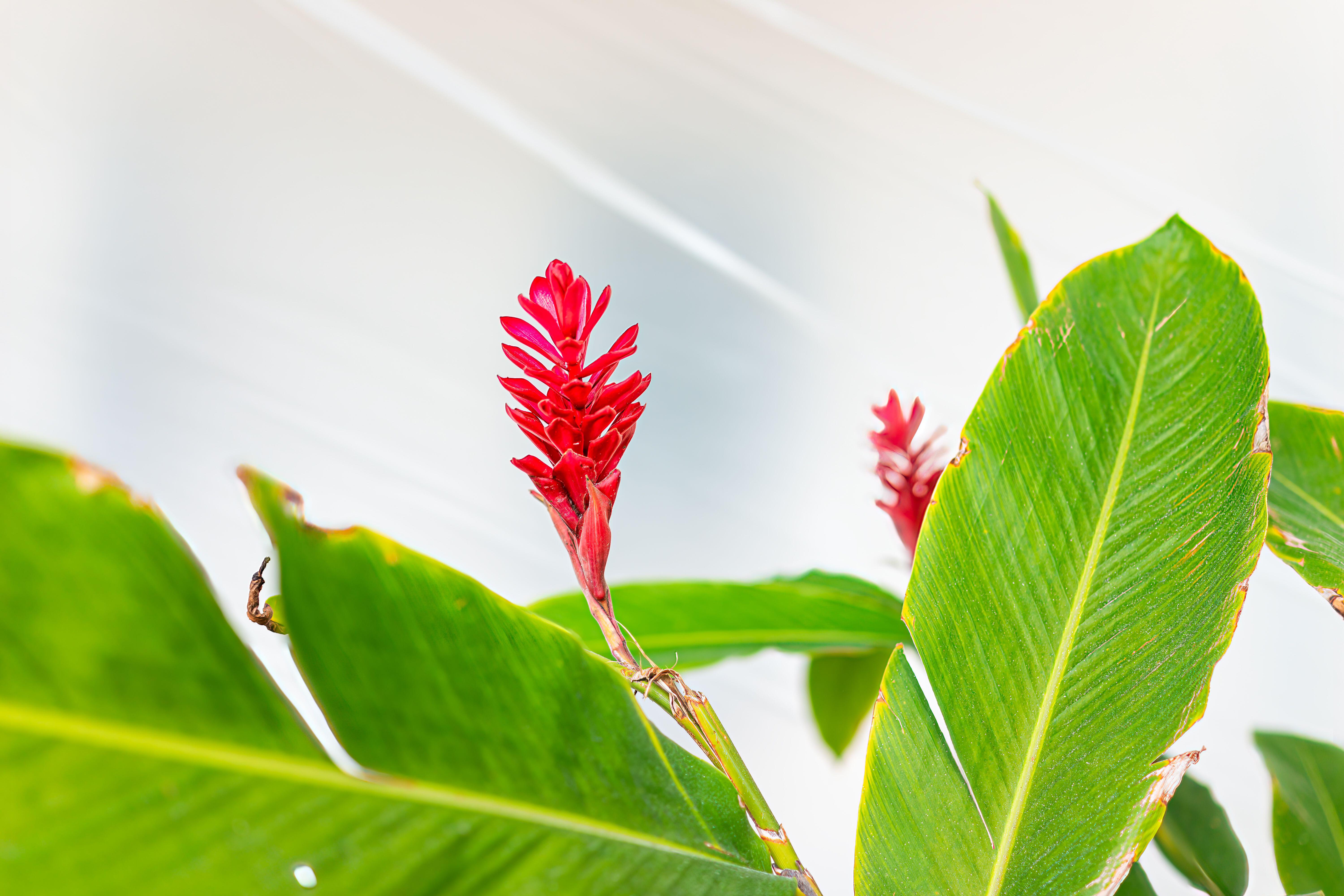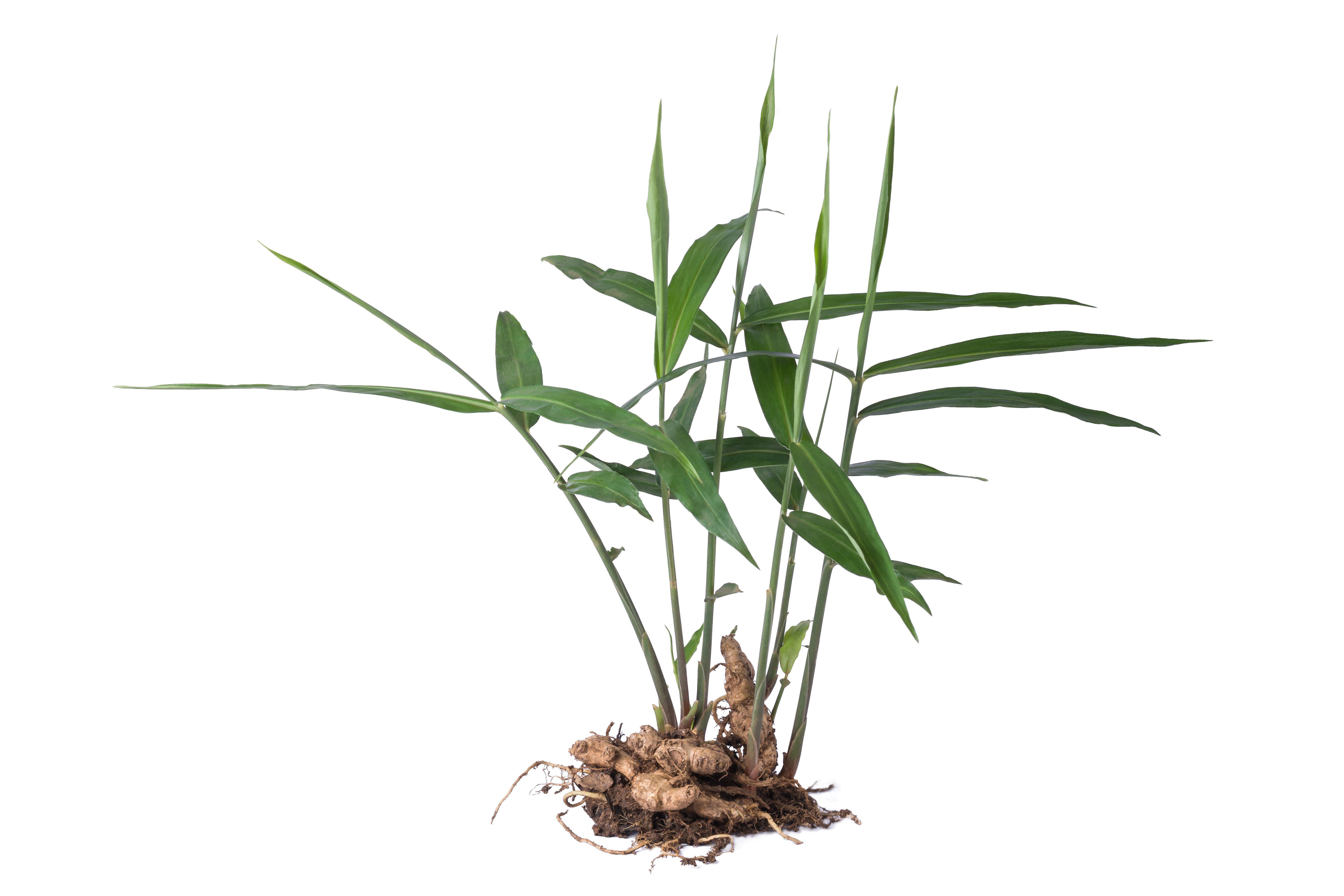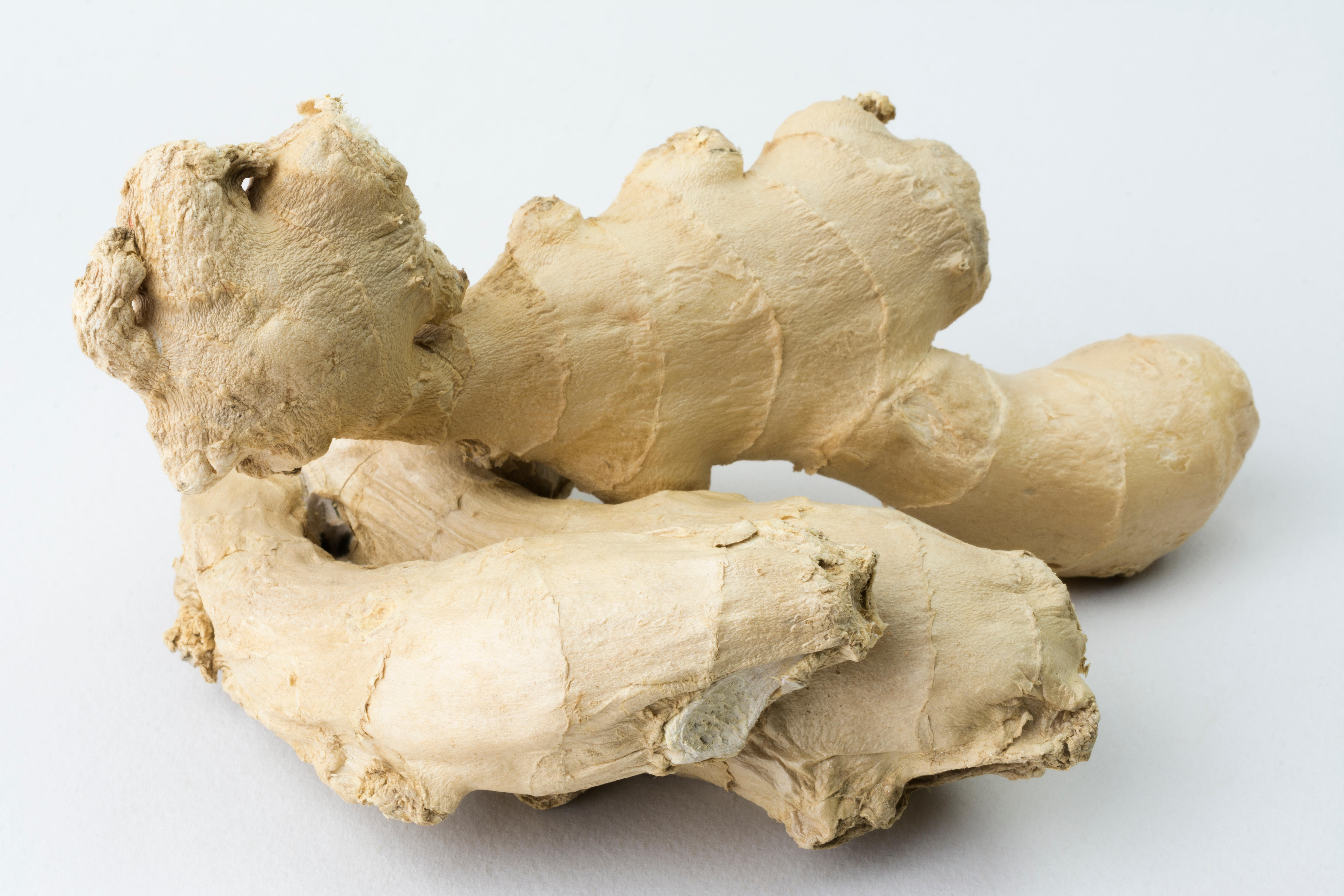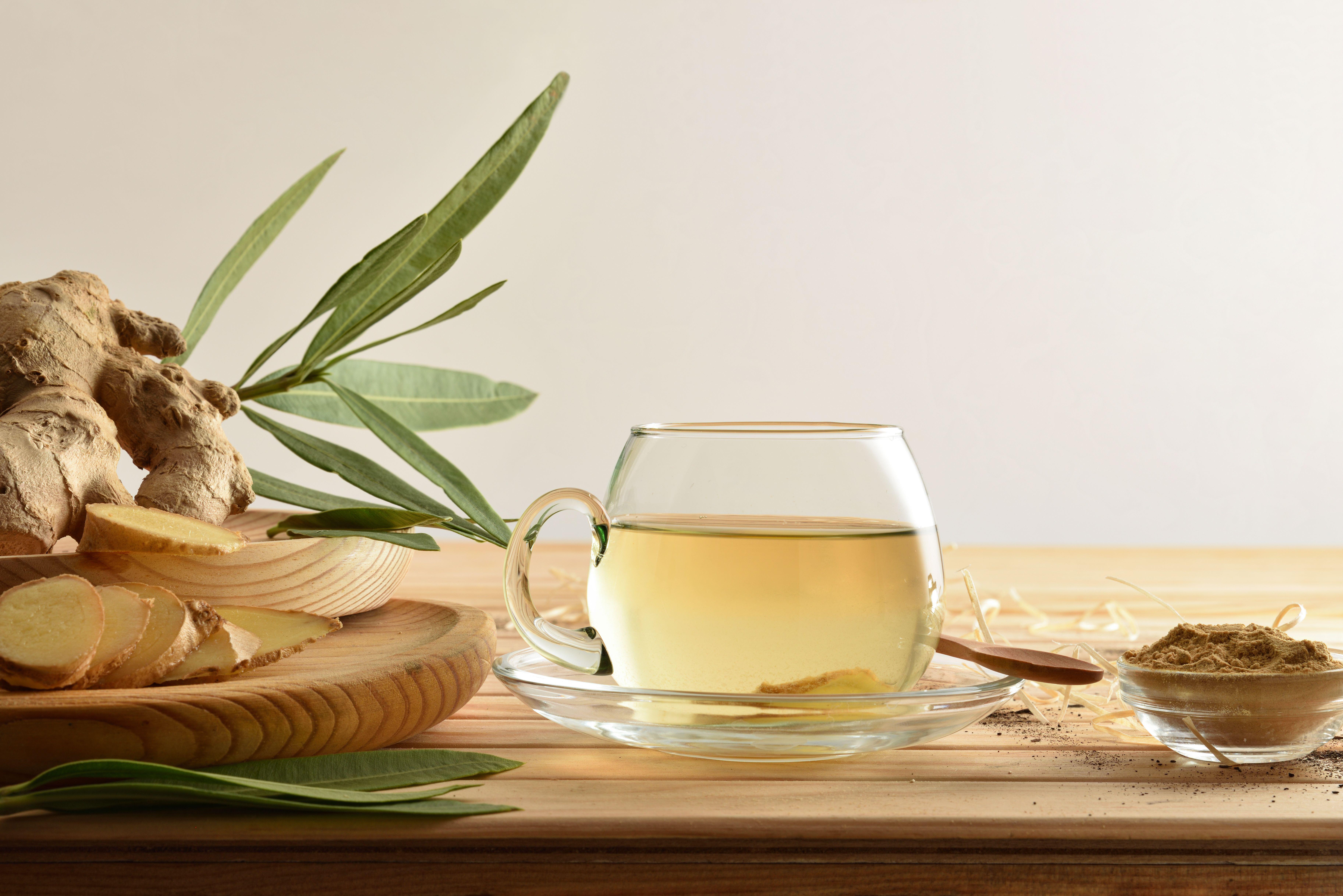
Admittedly, knowing how to grow ginger indoors is more of a hobby than a means to mass production of ingredients to cook with. The tubers - or roots - take months to grow to a large enough size to give you anything to add to meals or teas, and even then you can only take small bits at a time. But that's not to say it's not a satisfying plant grow. With banana plant-style ovular green leaves and tropical red flowers that look like they've come straight from a rainforest, ginger makes an unexpectedly exciting addition to your houseplant collection. And it's certainly easier to make of a success of than the lemongrass I once tried (don't ask).
What's interesting about ginger is that it fits with the growing interiors trends for exotica when it comes to houseplants. We've seen succulents be popular for years, and more recently aloe has come back to the fore. Now it's ginger's turn in the spotlight - or, more accurately, out of too much sunlight. But still with some access to the sun.
So having managed to cultivate ginger successfully on my windowsill, here's everything I've learned about getting it right.
How to grow ginger indoors

1. Choose your piece of ginger root
Incredibly, you can grow a viable ginger plant from a piece of ginger bought in the supermarket...usually. However, this is not always at its freshest and hasn't been grown for cultivation, so if you're serious about how grow ginger indoors, buy a ginger root from the garden center instead.
What you want is a piece of ginger root that is firm, rounded, and has little knobbles on it - professionally known as eyes, just like with potatoes. These are where the sprouts will come from. You need a piece around as large as your thumb, and if you have bought a big chunk of it from the store, you can break off the individual thumb-sized pieces and try to grow a few of them. The more you start off, the more chance you have for success.

2. Soak the ginger root overnight
Especially when bought from a supermarket, ginger root can get a little tough. It's often been left in warehouses and is meant for cooking, not growing. So by filling a bowl with warm water and leaving the ginger in it overnight, you're softening its exterior and getting it ready to receive the nutrients of the soil you'll be placing it in.
3. Choose the right pot
Ginger actually grows horizontally - the leaves shoot out across the side of the ginger root - not vertically. And so it needs a wide, shallow pot in which to grow. You want its depth to be about about six inches taller than the ginger root itself.
The Livingetc newsletters are your inside source for what’s shaping interiors now - and what’s next. Discover trend forecasts, smart style ideas, and curated shopping inspiration that brings design to life. Subscribe today and stay ahead of the curve.
Place the ginger root in the bottom of the pot and cover it with around 3 inches of soil. Water lightly, and leave in a spot that gets some light, but not direct sunlight. A fireplace or living room shelf would be ideal.
3. Wait patiently
My husband tried to use my soil-filled pot for growing something else, it had been on the side so long doing nothing. Ginger takes around a month before shoots will begin to show above the earth, and in that time you should water it no more than once a week.
It will then take around four to five months before you can harvest parts of the root to cook with.
4. Harvest ginger to use in cooking
After around four to five months, you can move the soil around - gently - with your finger, to find some of the ginger root underneath. Cut off a little bit, then recover with soil to let the rest keep growing.
It takes around three years before you're likely to see any flowers on your ginger plant. As I said, this is a slow game, but one that is supremely - and surprisingly - satisfying.

What are the best uses for ginger?
Ginger has a strong, punchy flavor, and is known for its energizing properties. It adds a slightly sweet and very sharp kick to teas and cooking, and can be used in anything from stir-fries to fruit cobblers.
Best selling cookbook author James Rich used it plentifully in his first book, Apple, as ginger is well known for complementing the fruit.
'The easiest and most satisfying way to use ginger is to take an inch and chop it into smaller pieces - you can leave the peel on,' he says. 'Put it in a mug with a quarter of a lemon, a dessert spoon of honey and a bay leaf. Pour boiling water over it and drink like a tea. This is what I drink whenever I have a cold.'
He also suggests peeling it and grating it. "When grated, ginger becomes very moist and juicy - ideal for cooking,' he says. 'Mix this into the fruit base of a cobbler or crisp, or mix with butter and stuff it under the skin of a chicken before roasting. It adds a wonderful punch.'
The editor of Livingetc, Pip Rich (formerly Pip McCormac) is a lifestyle journalist of almost 20 years experience working for some of the UK's biggest titles. As well as holding staff positions at Sunday Times Style, Red and Grazia he has written for the Guardian, The Telegraph, The Times and ES Magazine. The host of Livingetc's podcast Home Truths, Pip has also published three books - his most recent, A New Leaf, was released in December 2021 and is about the homes of architects who have filled their spaces with houseplants. He has recently moved out of London - and a home that ELLE Decoration called one of the ten best small spaces in the world - to start a new renovation project in Somerset.